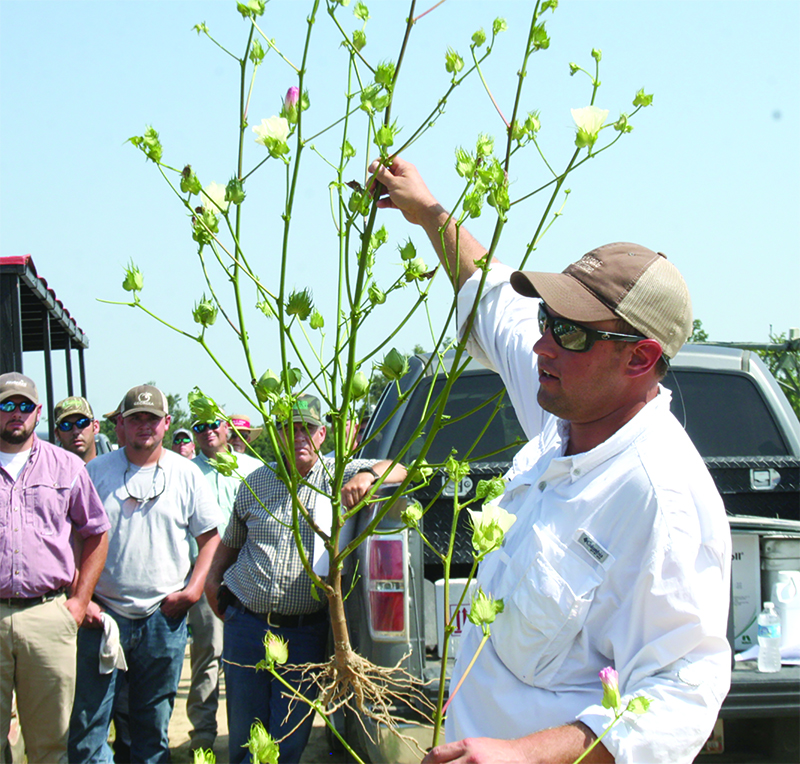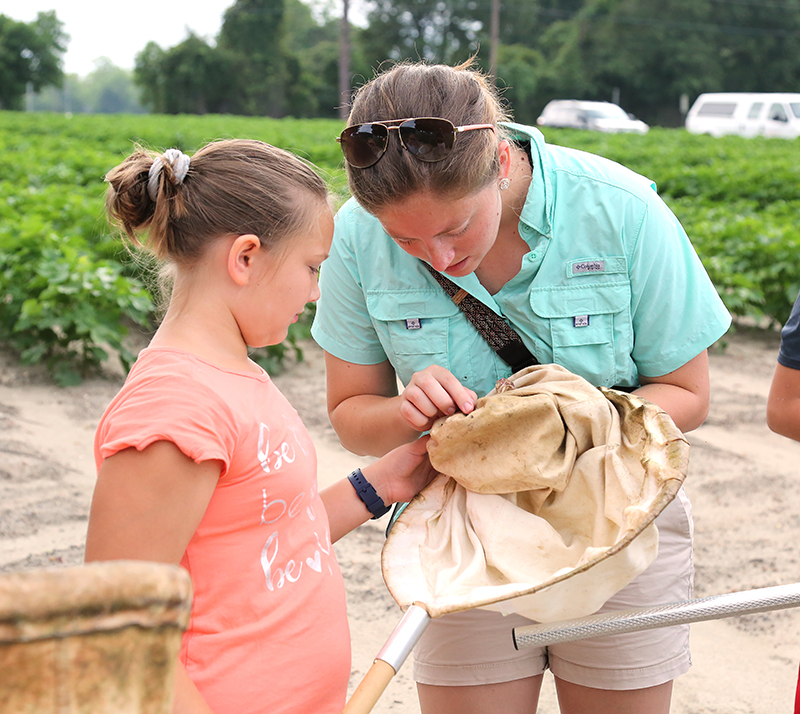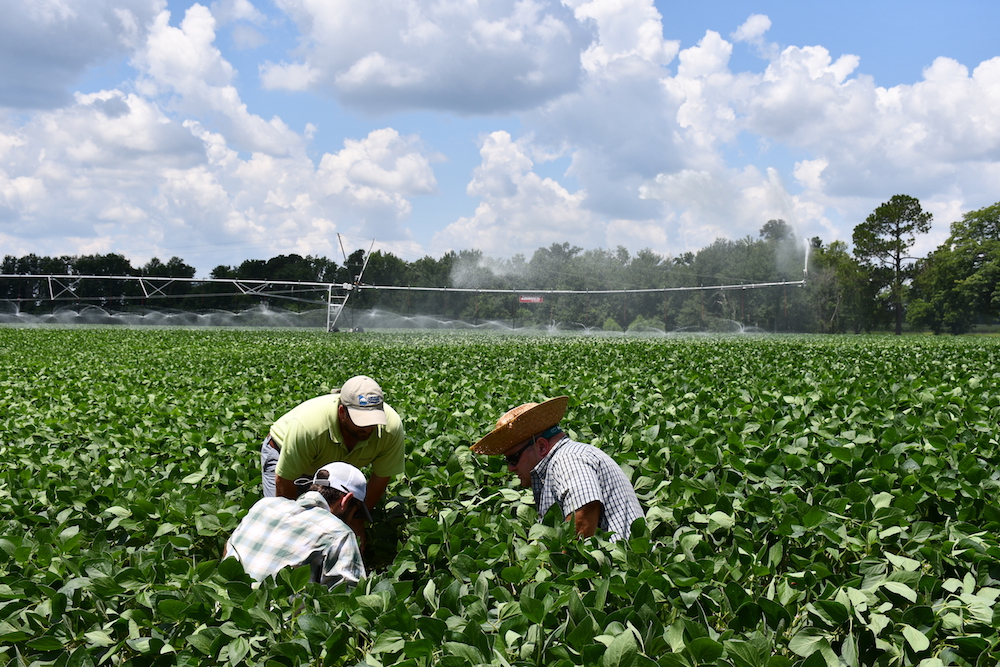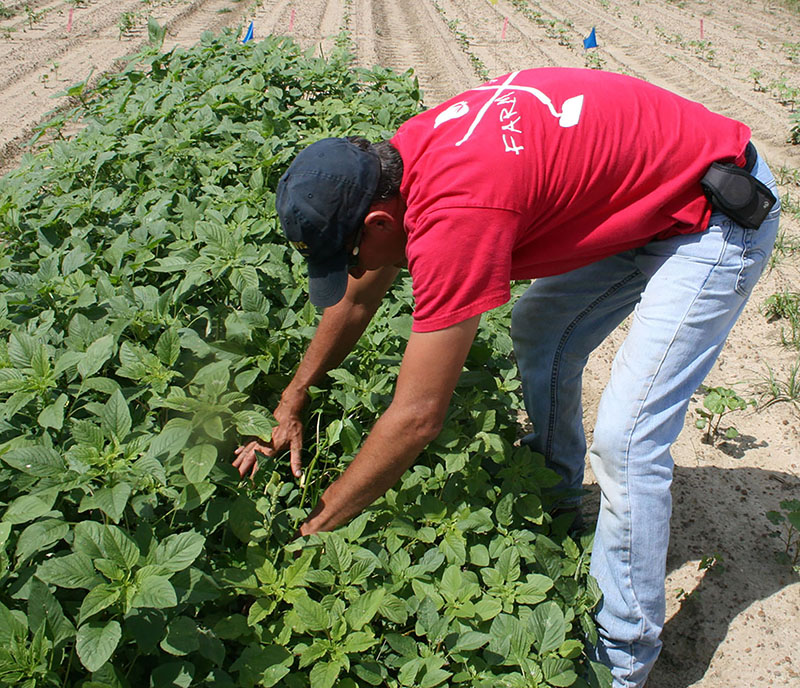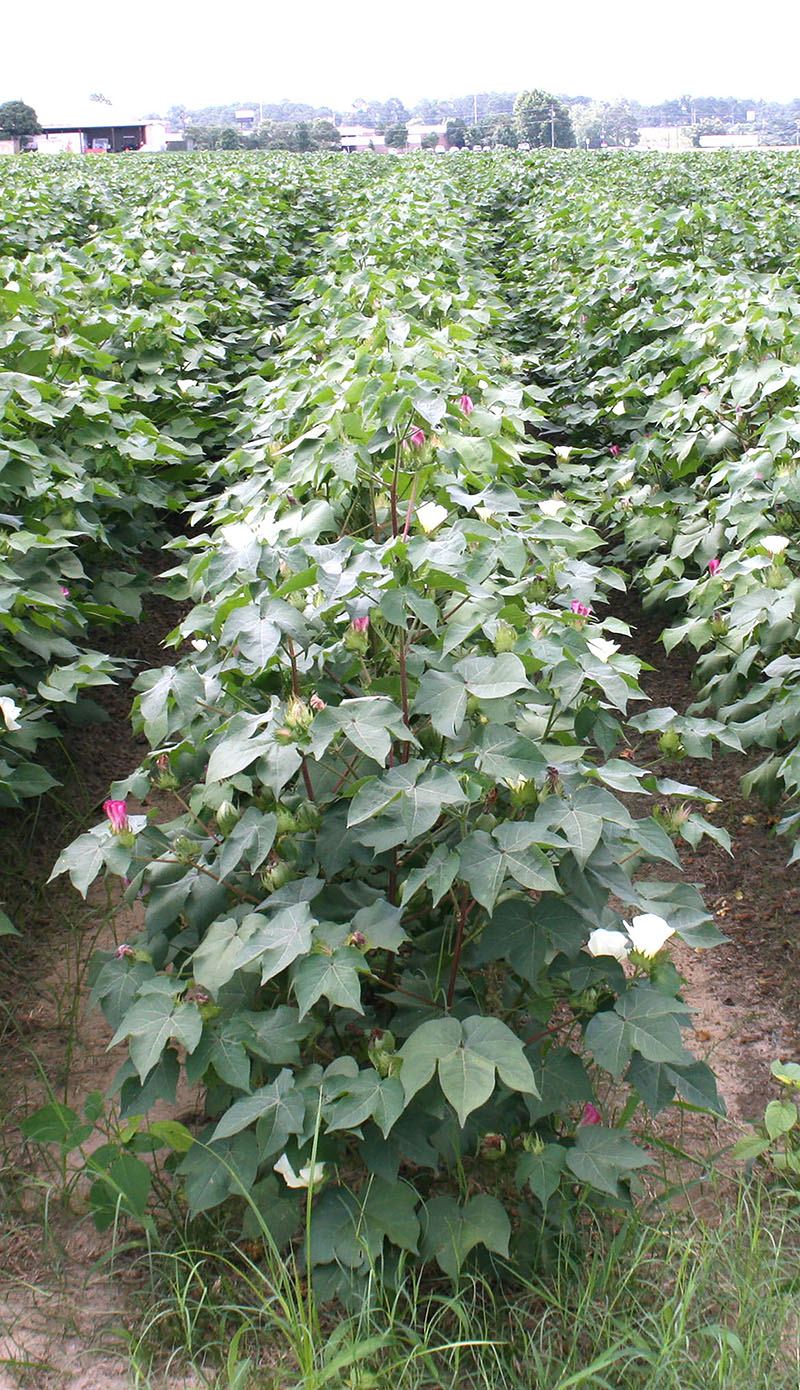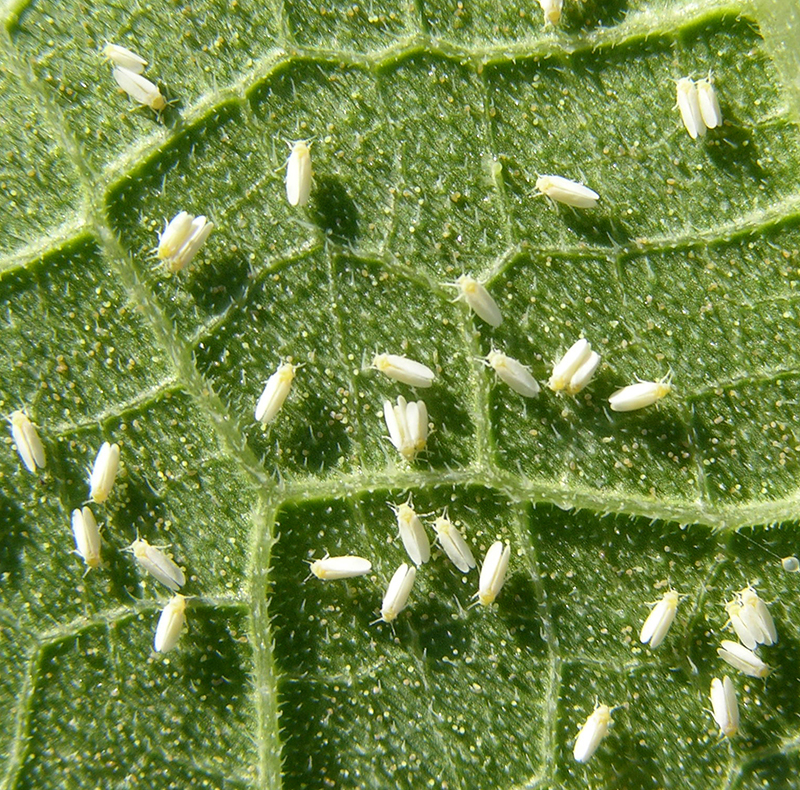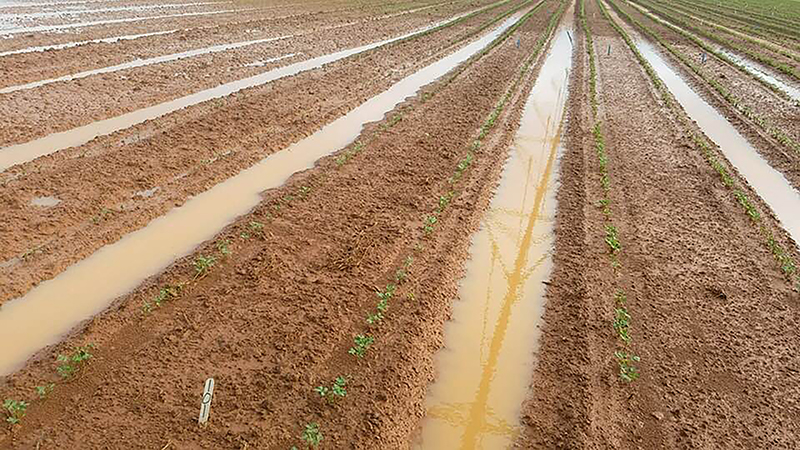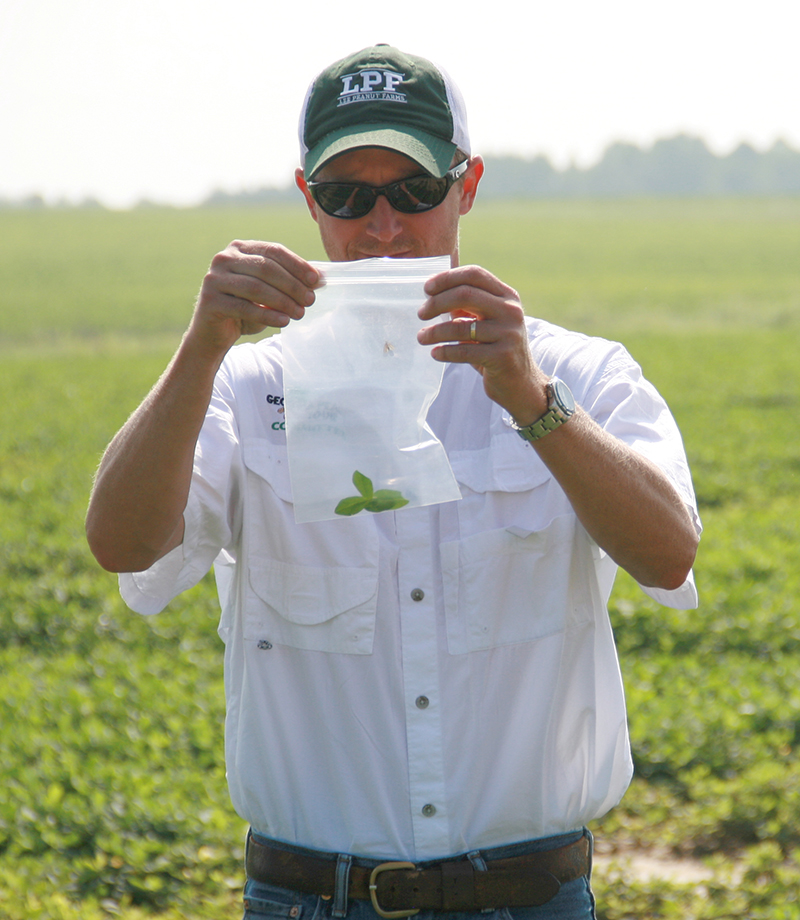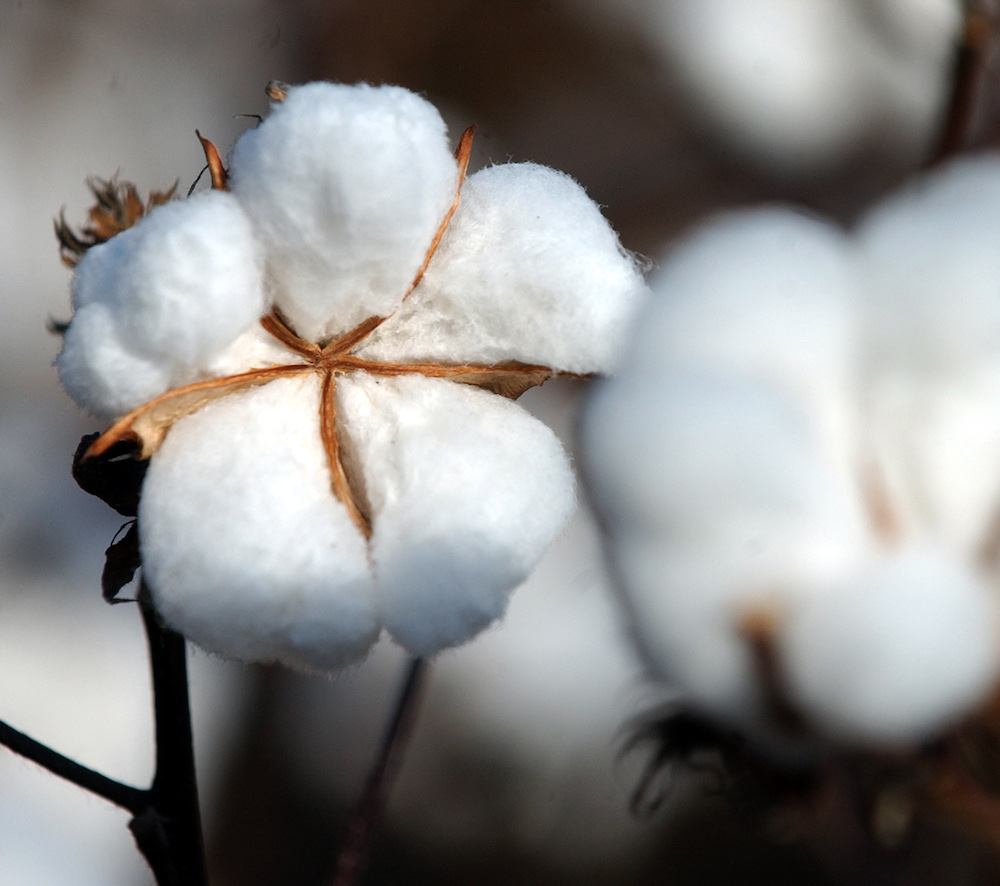 CAES News
CAES News
Field Day
Farmers and industry supporters are invited to the annual University of Georgia Cotton and Peanut Research Field Day to be held on Wednesday, Sept. 5, 2018, on the UGA Tifton campus and UGA research farms in Tift County.

